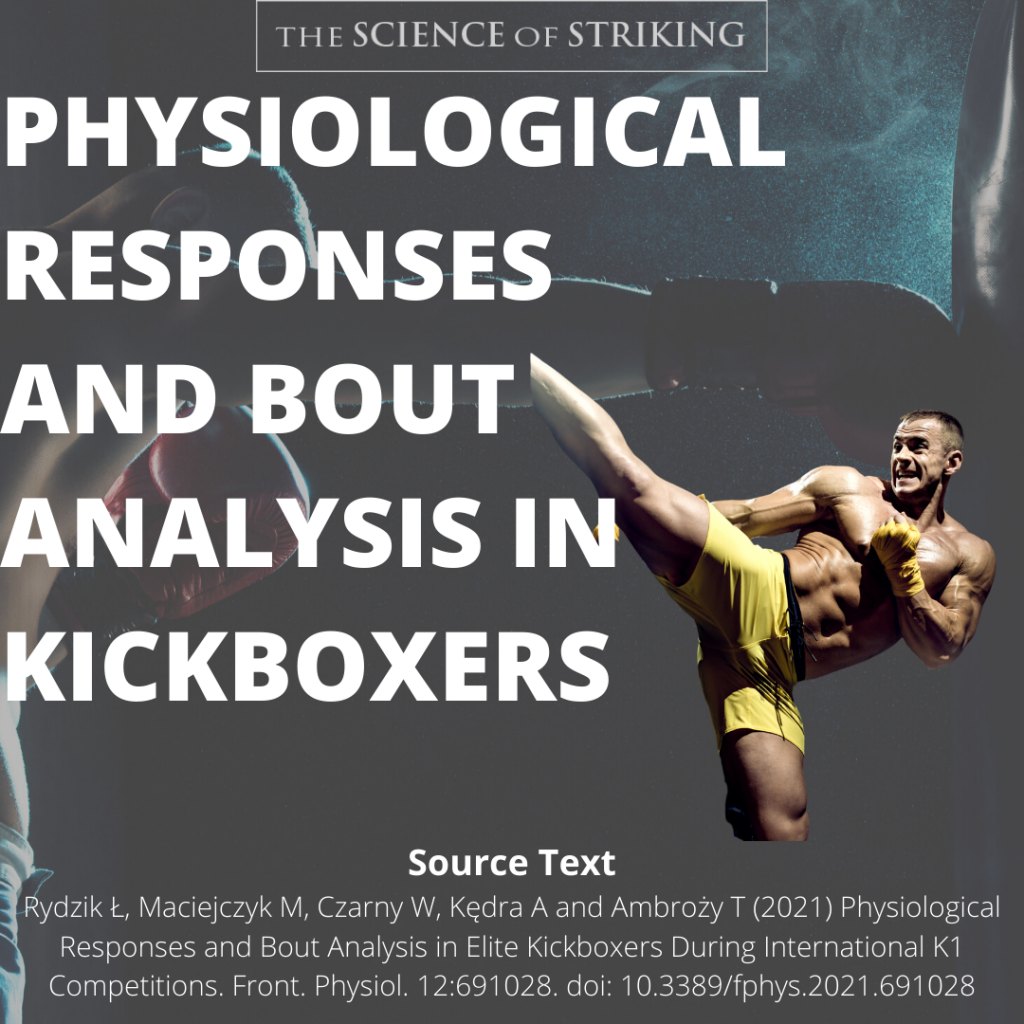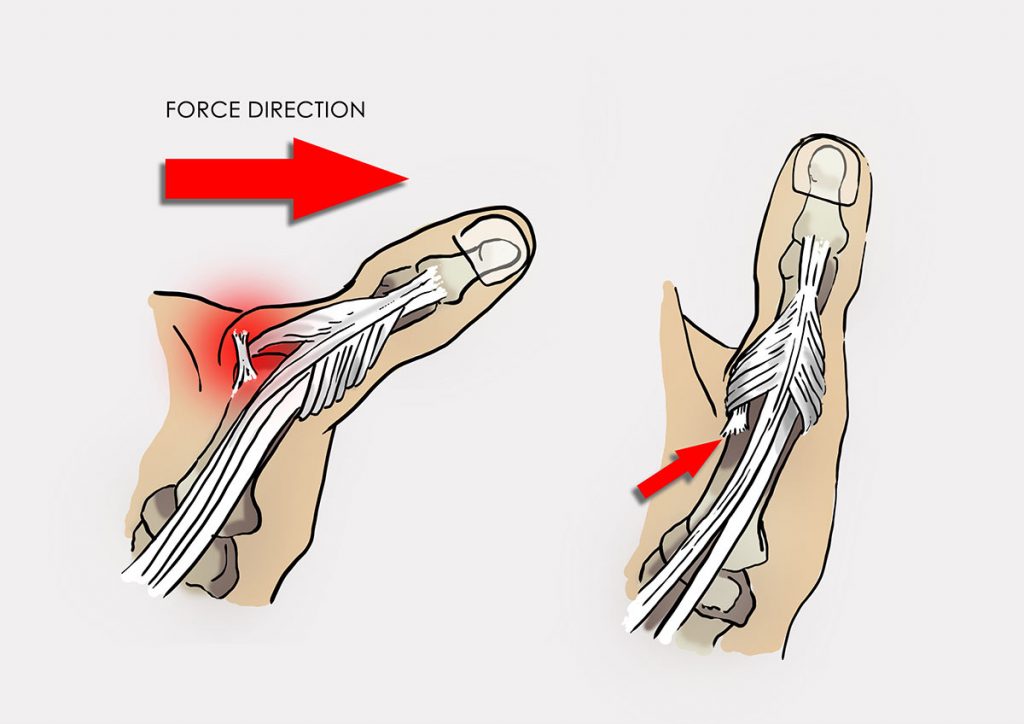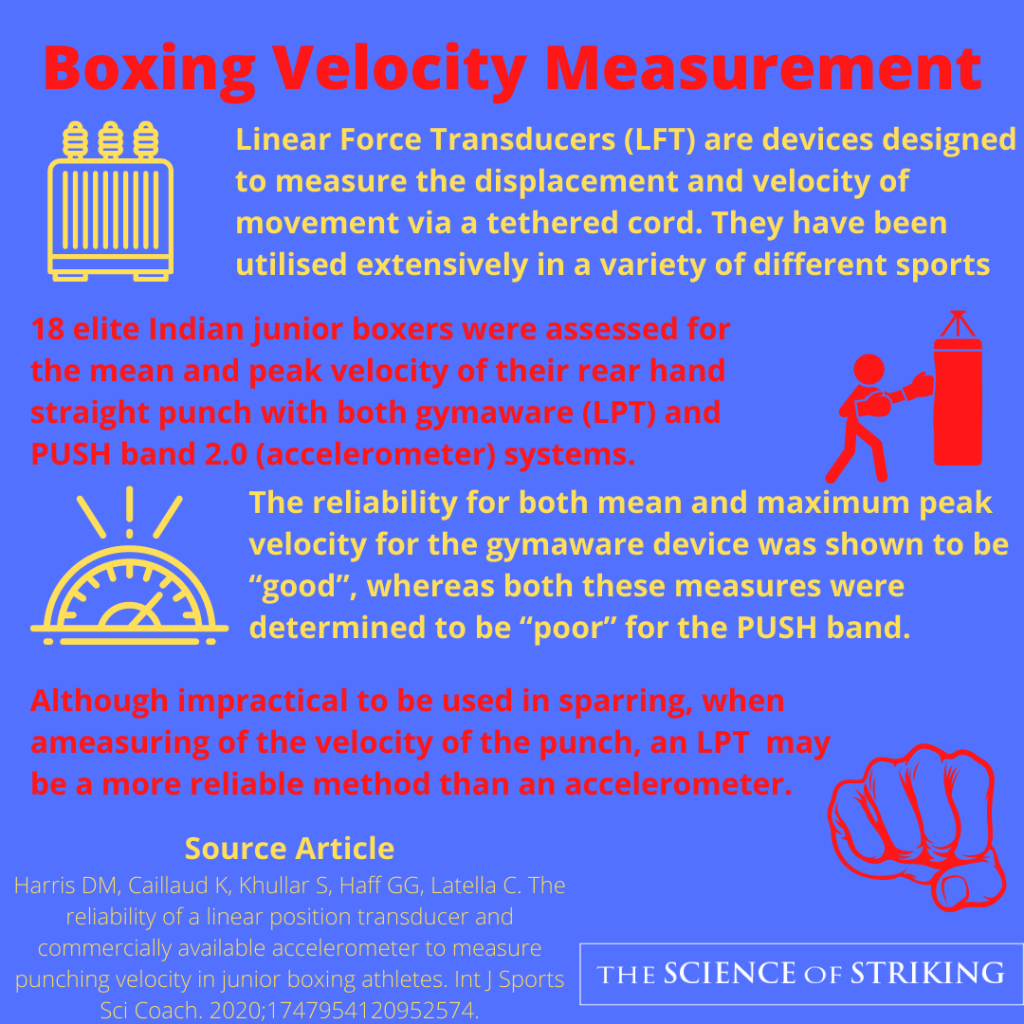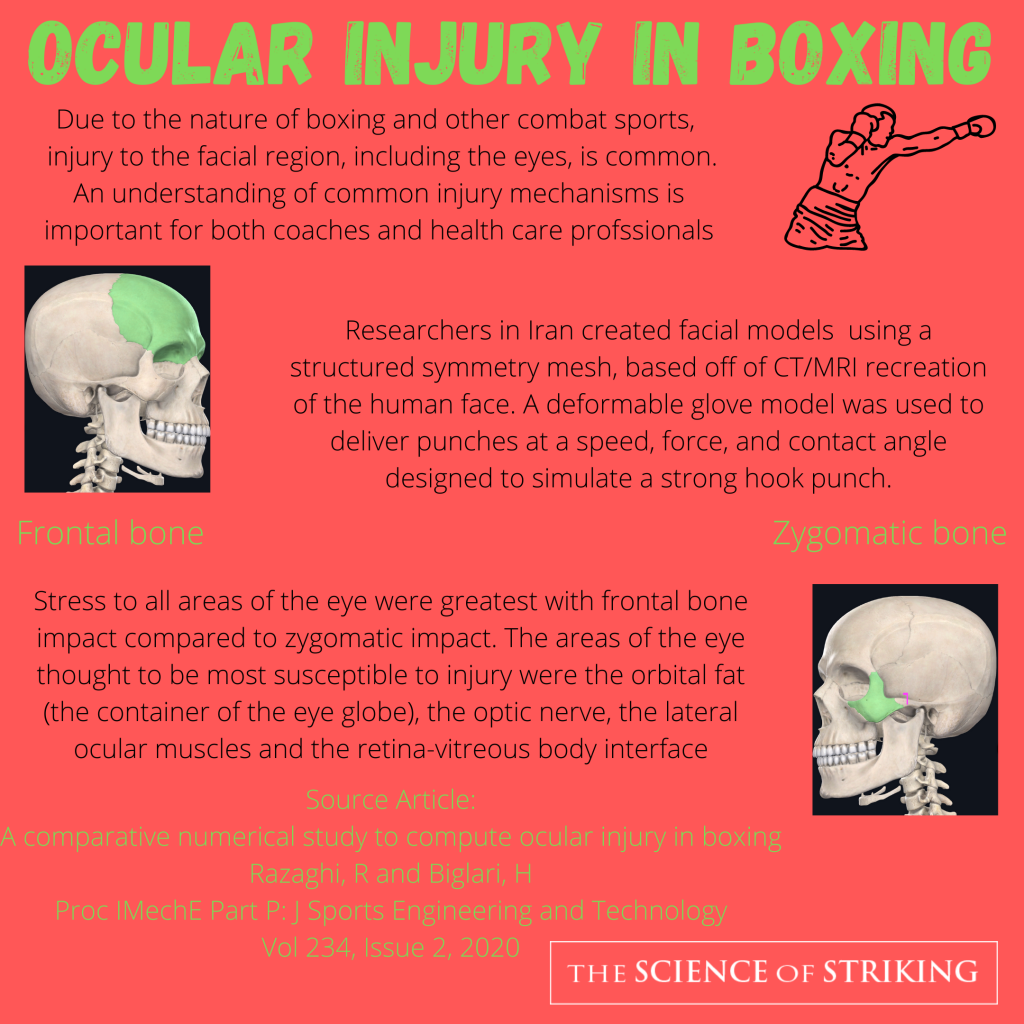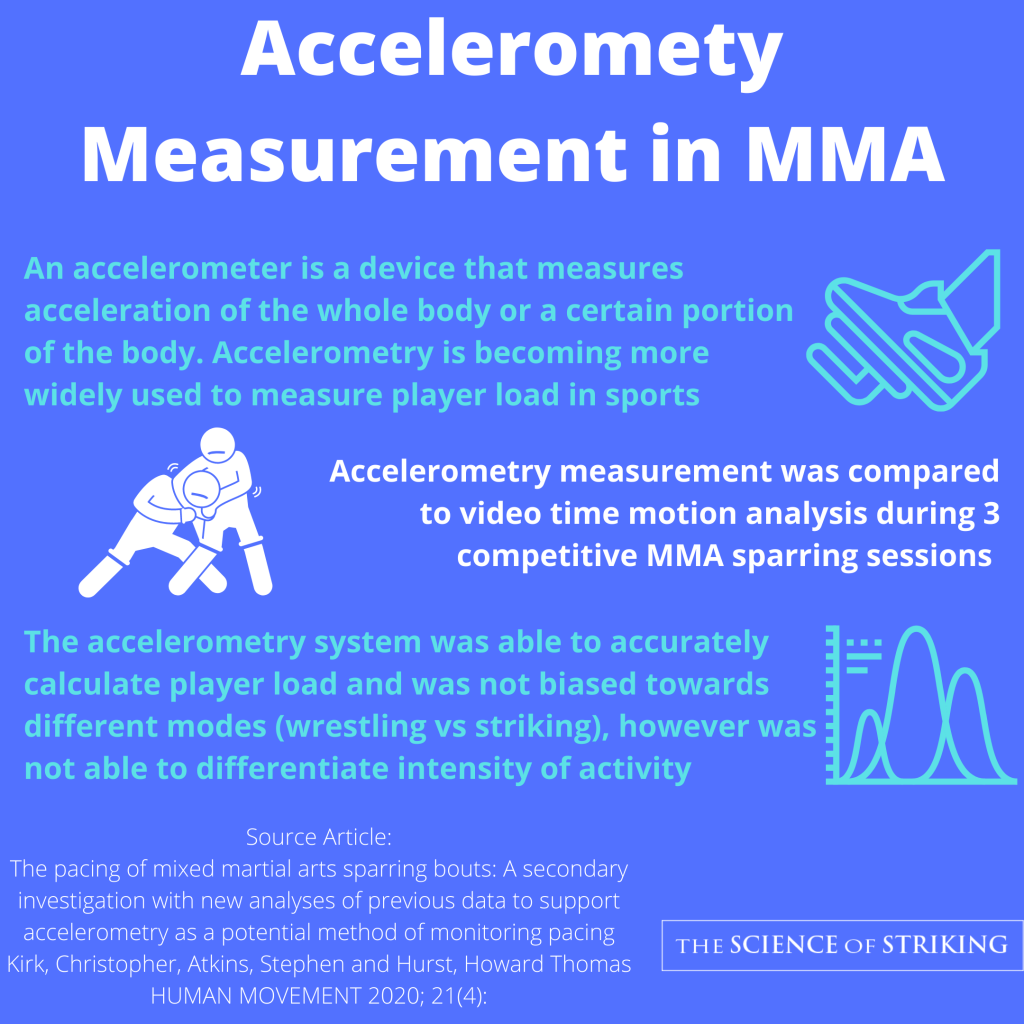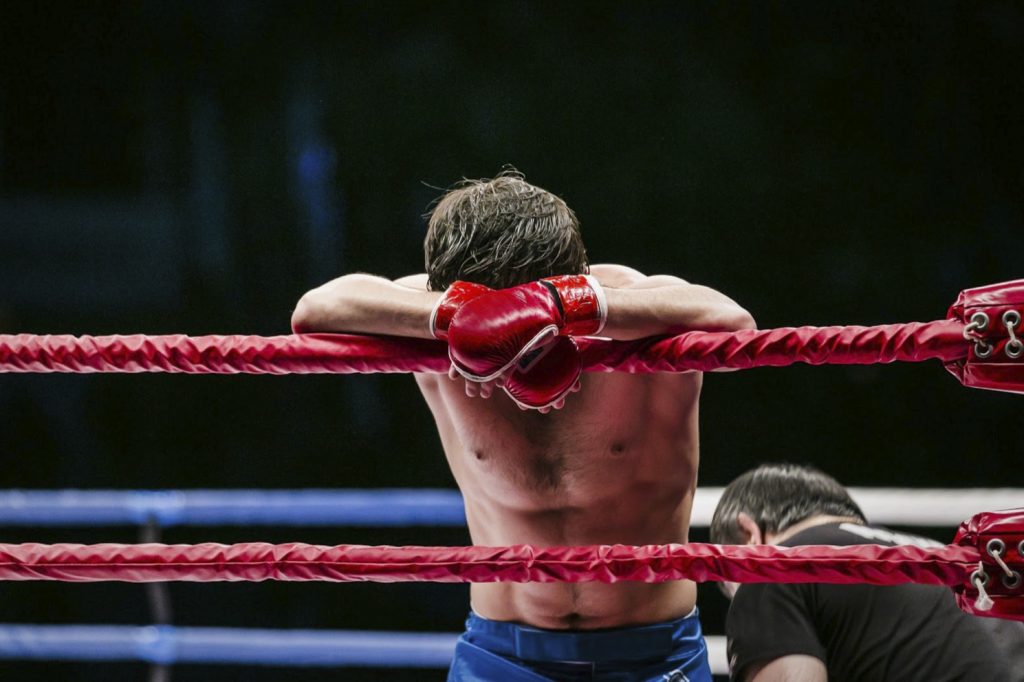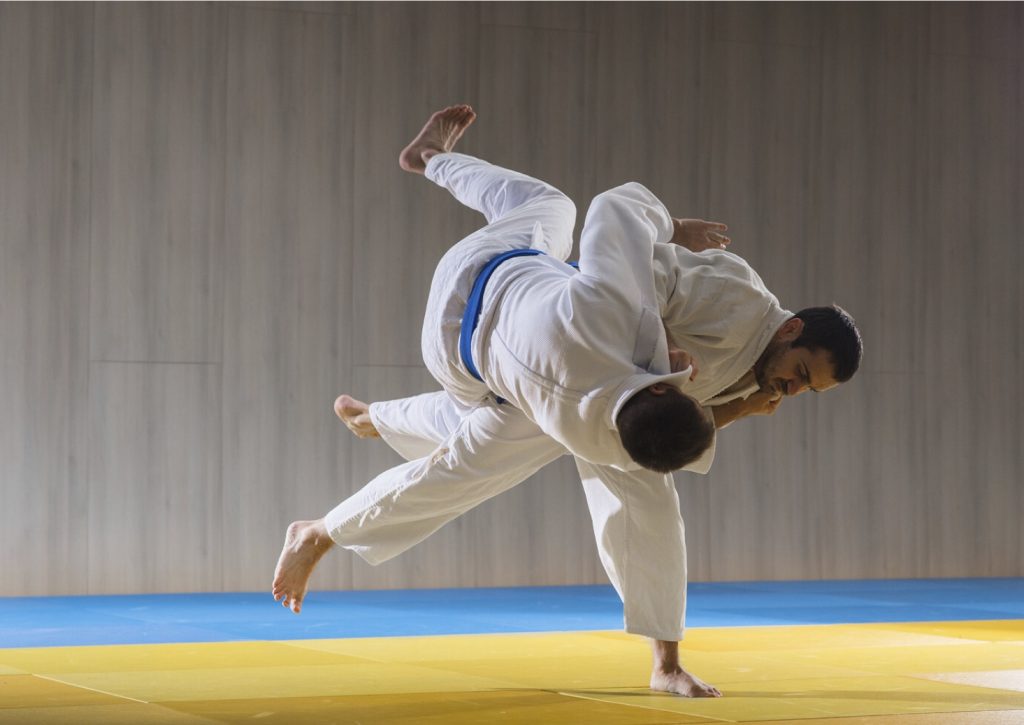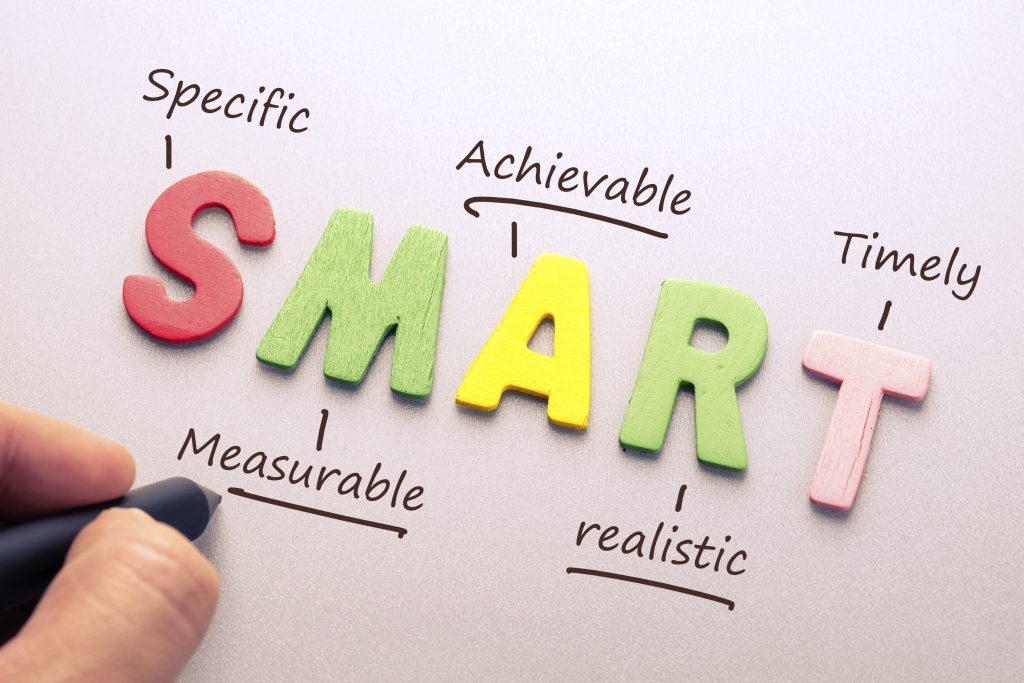OPTIMAL RESISTANCE TRAINING LOAD FOR PUNCHING POWER
Maximising punching power is a major goal of striking combat athletes, and as such, optimising training methods to achieve this goal is critically important. Performing resistance training at optimal power loads (the load that maximizes power output) has been shown to improve punching power in previous longitudinal studies. However, the results of these studies may …
OPTIMAL RESISTANCE TRAINING LOAD FOR PUNCHING POWER Read More »

